In the early 2000s, the world of online communication witnessed a unique intersection of chatrooms, IRC networks, and the creative minds of scripters. This era marked my initiation into the creation of chatbots, leveraging the potent mIRC scripting language. Beyond its primary function as an IRC client, mIRC offered a hidden gem known as the ‘Remote’ scripting language, allowing enthusiasts like me to delve into creating a variety of functionalities.
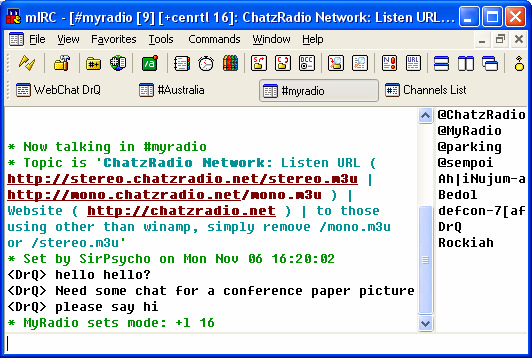
During this period, scripters ingeniously developed mIRC scripts to protect chatrooms from spam, host quizzes, and even engage in “revenge” battles by kicking users from IRC channels. Seeking a novel challenge, I embarked on the journey of constructing my own chatbot named “Puteri Allyssa” using direct input-output matching responses. While not the epitome of artificial intelligence, it provided a lively interaction within IRC channels.
As technology advanced, my interest in AI-driven chatbots persisted. In the mid-2000s, I transitioned to .NET C# programming, utilizing a SQLite database to create “NALIKA,” my second-generation chatbot. Although rudimentary in its intelligence, it marked a departure from simplistic matching responses. The use of SQLite allowed for more sophisticated handling of inputs and outputs, providing a foundation for future advancements.
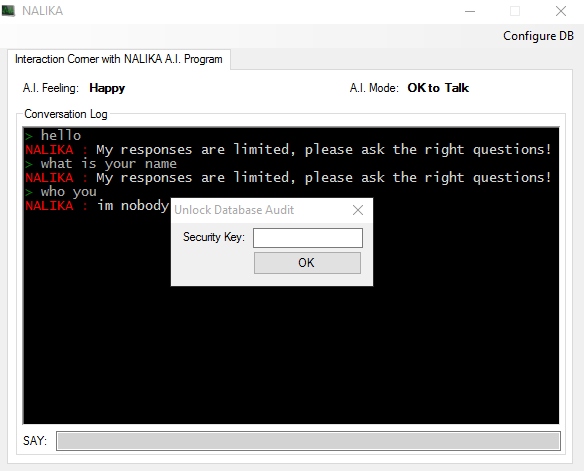
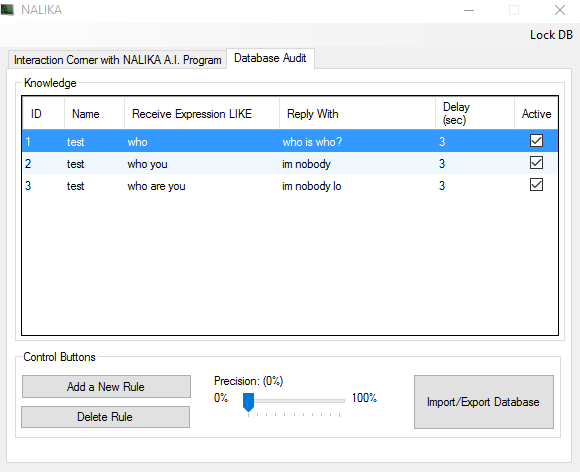
A pivotal moment in my quest for a more intelligent chatbot came with the discovery of the Artificial Intelligence Markup Language (AIML). AIML, the brainchild of Richard S. Wallace, formed the basis for my third-generation chatbot, “WAYI.” Utilizing the AIMLbot.dll library, WAYI demonstrated a more nuanced understanding of user inputs, resembling a step closer to genuine conversational AI.
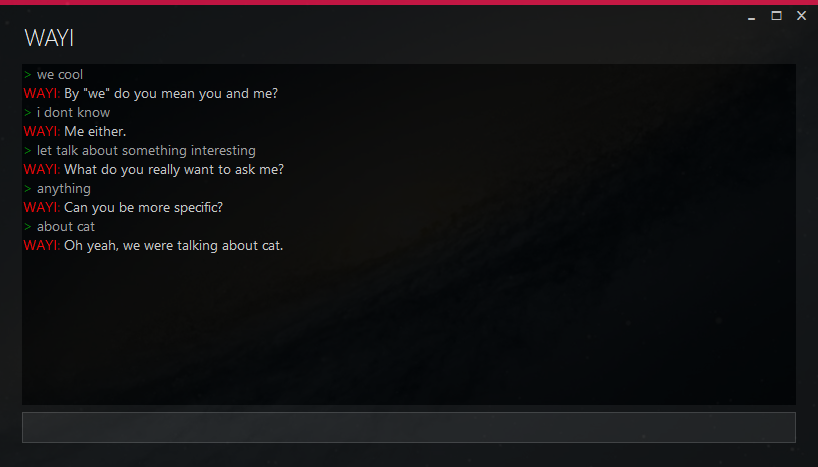
Evolving further, the Synthetic Intelligence Markup Language (SIML) caught my attention as a more powerful alternative to AIML. The transition to SIML marked the birth of my chatbot “W4Y1,” a JavaScript-based application hosted on GitHub Pages. SIML provided a comprehensive set of tools through “Syn Chatbot Studio,” offering features like Code Analysis, AIML to SIML conversion, and the ability to execute JavaScript functions within responses.
“W4Y1” represents a departure from conventional chatbots, serving as a digital repository of my knowledge and experiences. Inspired by Dr. Alfred Lanning’s hologram device in “I, Robot,” this experiment presents a terminal-like interface on GitHub Pages, combining elizabot.js, jQuery Terminal Emulator, and particles.js for a visually engaging experience.
While “W4Y1” currently serves as an experimental web app, future plans include integration with math.js for mathematical computations, AJAX requests for enhanced functionality, and a centralized knowledge database for secure storage.
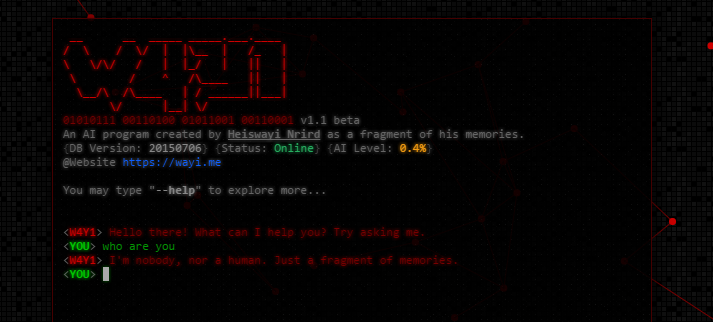
In conclusion, the evolution of AI chatbots reflects not only technological advancements but also the creative endeavors of individuals pushing the boundaries of what is possible. As we continue to explore the realms of artificial intelligence, the future holds exciting prospects for the integration of AI into various aspects of our lives.